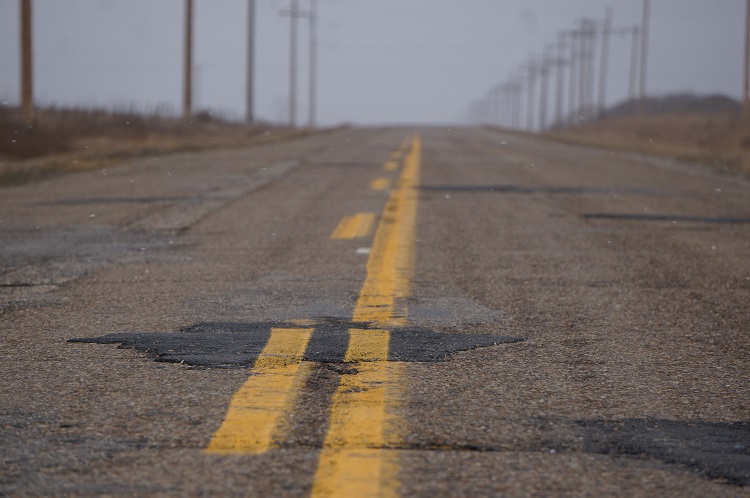Saskatchewan RCMP have been tracking serious injuries on roadways, with some of the latest data showing that collisions that result in serious injury have risen at an increasing rate over the year.
In 2024, Saskatchewan RCMP officers responded to 77 fatal collisions that resulted in 88 deaths. 271 collisions were also reported that involved serious injuries in 2024, up 43 per cent from the previous year. These collisions resulted in 321 people seriously injured, up 48 per cent from the previous year.
“First off, we want to send our condolences to all the families affected by these tragedies,” said Supt. Grant St. Germaine, officer in charge of Saskatchewan RCMP Traffic Services. “It’s important when we talk about statistics to remember that there are numerous lives that are changed forever behind each of these collisions. We all need to do our part to try to prevent every collision we can.”
The Saskatchewan RCMP identified four primary factors related to collisions resulting in fatal or serious injuries: impaired driving, distracted driving, dangerous driving behaviour (mostly speeding), and failure to use a seatbelt. Additionally, St. Germaine pointed out that collisions are taking place later in the day, with over 60 per cent of them happening between noon and midnight.
In 2025, those numbers have continued to rise, reaching 51 fatal collisions and 54 deaths to date. That’s an increase of 13 lives lost compared to the same year last time.
An important contributor to those stats is rural road fatalities, which the Saskatchewan RCMP reports are the highest they've been in six years. Heather Hubic, the manager of media relations with SGI, reminds drivers to treat the back roads with plenty of caution.
"We know rural roads are really an essential part of the Saskatchewan landscape. So drivers, of course, are reminded to drive with caution and safe driving practices apply to all roads in the province, and that includes driving the speed limit, buckling up, driving sober and not driving distracted."
Dealing with dirt and gravel roads is also a big part of navigating rural roads, with Hubic giving tips on navigating those roadways.
"When you're travelling on gravel roads, there are a few things you can keep in mind. One of them is slowing down. Even the best-maintained gravel roads can have those rough sections or loose gravel which require those slower speeds."
"Don't break too hard, avoid those sudden changes in direction or speed. Also, stay back, leave at least 6 seconds following distance between you and other vehicles, it takes time to stop, especially when you're on a gravel road."
Rural roads also pose the particular problem of sometimes being off the beaten path, meaning a breakdown could leave you stranded. Hubic gives some tips if you find yourself in the middle of nowhere, stuck on a rural road.
"If you're able to move your vehicle, position it so it's in a safe position and won't cause a hazard for other road users. You can also turn on your hazard lights to alert other drivers and call for assistance, whether that be roadside assistance or family or friends. It's also a good reminder to keep that emergency roadside kit in your vehicle, and that would include things like a portable battery-operated phone charger, some water and food, a first aid kit, a flashlight, jumper cables and some of those basic tools."
Hubic also reminds people to watch for intersections at communities along major rural highways, as you may need to slow down or stop while travelling through a community. Drivers should also keep an eye out for wildlife, especially at dawn and dusk when animals are most active.
Finally, drivers should watch for slower vehicles, such as ATVs and farm equipment, and give them the space necessary to make sure everyone gets to their destination safely.
